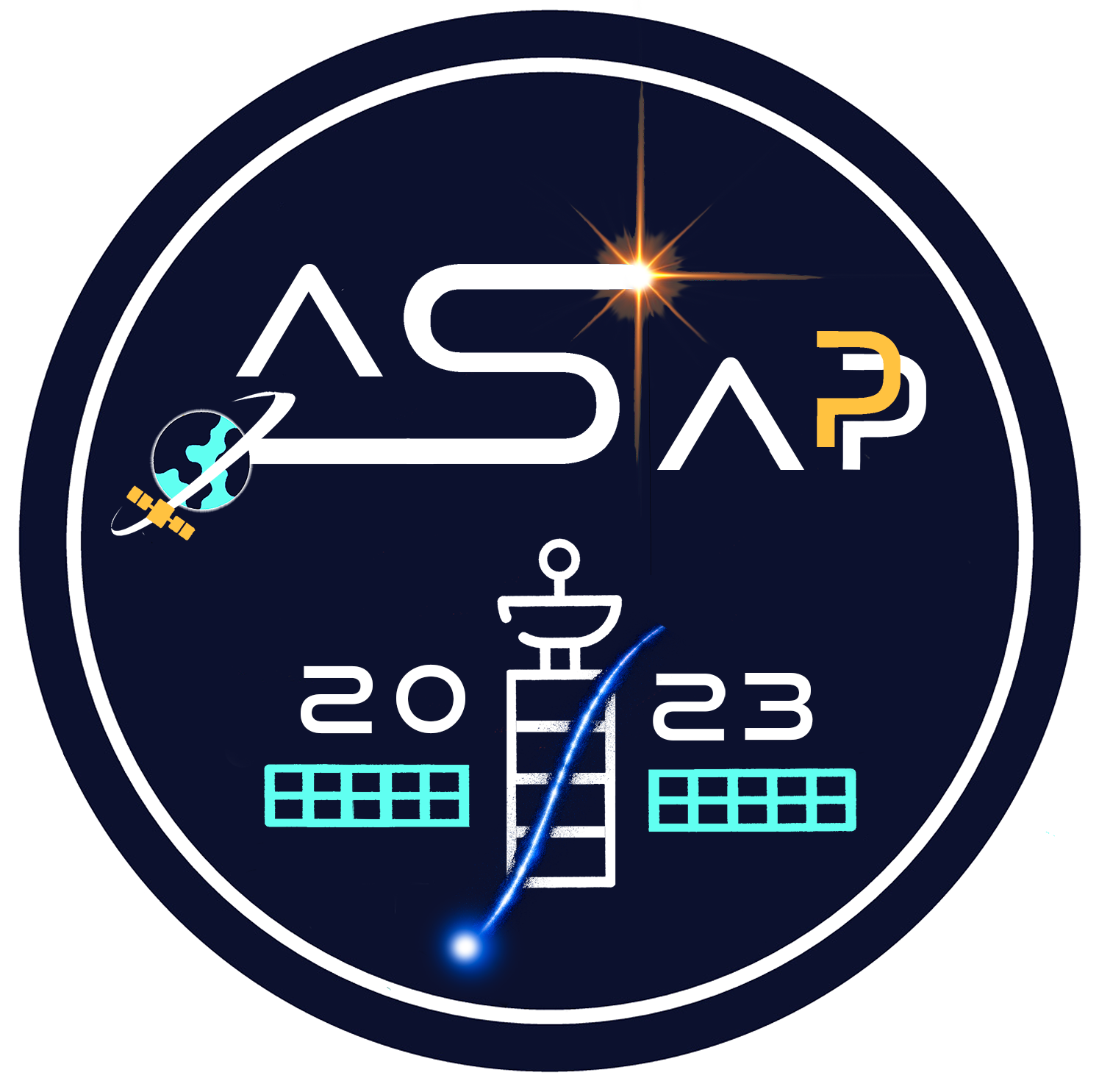Speaker
Description
We present the acquisition and trigger system for the HEPD-02 calorimeter that will be used onboard the CSES-02 satellite for the CSES/Limadou mission.
This mission arises from the collaboration between the Chinese Space Agency (CNSA) and the Italian Space Agency (ASI) and foresees the first constellation of satellites which will monitor ionospheric parameters that could be related to earthquakes. It will also monitor the solar activity and its interaction with the magnetosphere and study the cosmic rays in low energy ranges, extending data from PAMELA and AMS.
The CSES-02 satellite will be equipped with various instruments, among which the High Energy Particle Detector (HEPD-02), designed to measure the dynamics of particles trapped within the Van Allen belts.
Signals from the HEPD-02 are acquired and digitized by an electronic board which also provides the trigger for the experiment. This board represents an enhancement of the previous version used for HEPD-01, on board of the CSES-01 satellite.
One of the improvements consists of the use of a new generation ASIC (CITIROC) for the amplification, shaping and recording of PMT signals.
The new ASIC allows using the peak detector feature, optimizing the acquisition of signals with different temporal characteristics, such as plastic scintillators and LYSO.
Along with this, new algorithms for trigger generation have been developed, providing trigger pre-scaling, concurrent trigger masks and Gamma Ray Burst detection.
Using pre-scalers it will be possible to lower the trigger rate in regions with high particle rates, allowing the study of high rate regions of a satellite’s orbit such as the South Atlantic Anomaly and polar regions.
Concurrent triggers will be used to allow the detection of rare events (such as GRBs) while still monitoring particle bursts.
In this contribution, the recent progress of this work will be presented, along with the measurements and tests made on the Flight Model unit before final integration in the HEPD2 detector .
